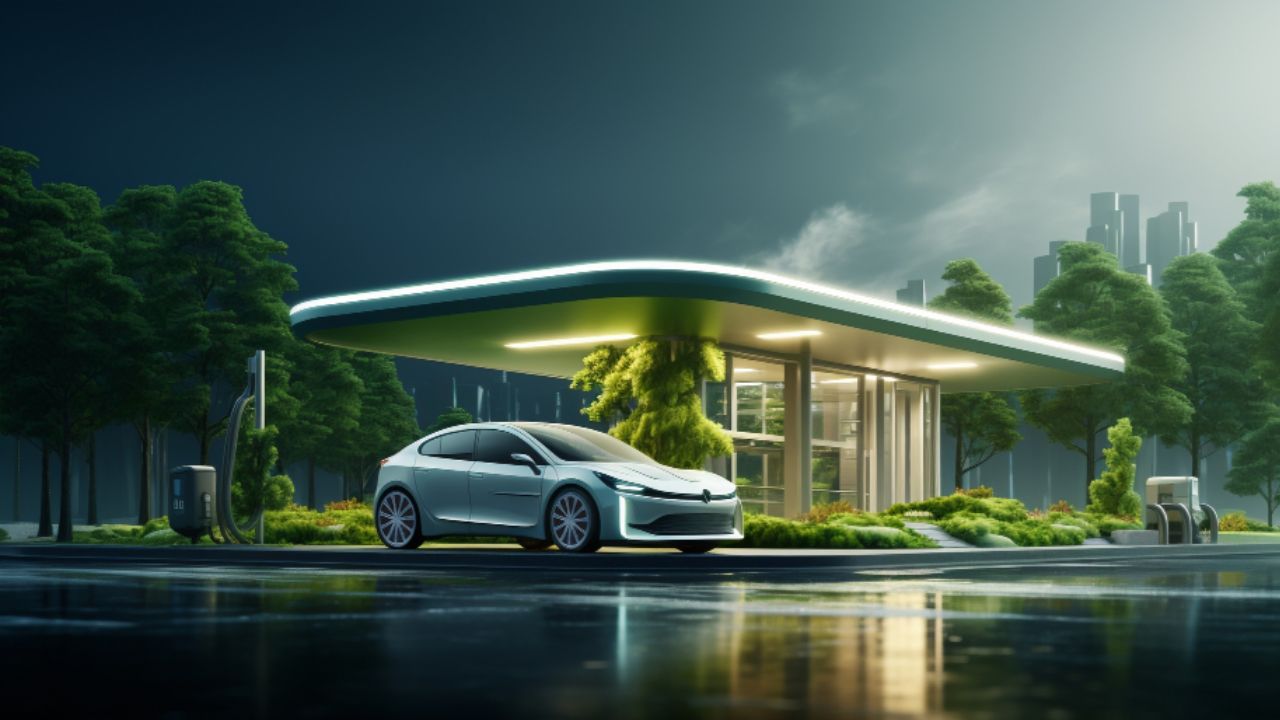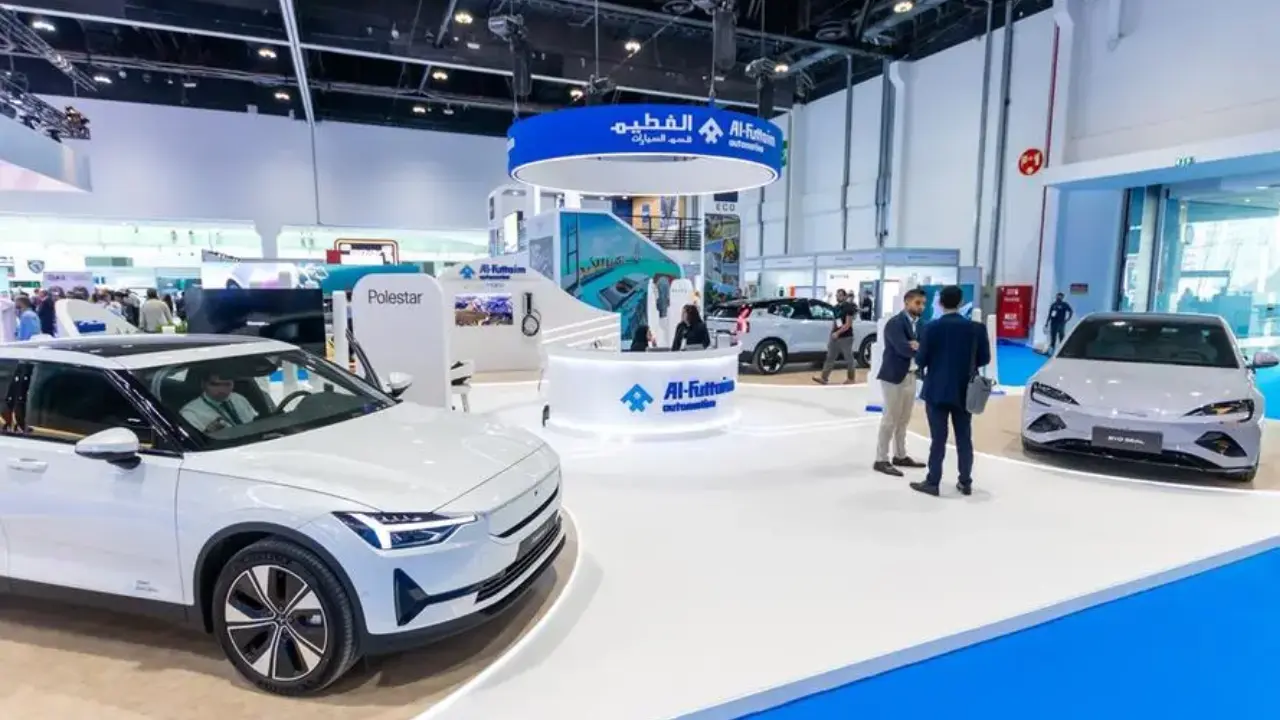The Indian electric vehicle (EV) revolution is buzzing, and aspiring entrepreneurs are at the forefront of this exciting transformation. But a crucial question arises: how to secure the resources needed to bring your vision to life? Two primary funding paths emerge – bootstrapping and venture capital (VC). Let’s explore these options to help you choose the right one for your Indian EV startup.
Bootstrapping: Building Your EV Dream Brick by Brick
Bootstrapping involves relying on personal savings, revenue generated from initial sales, and potentially, small loans to fund your startup. It offers several advantages:
- Full Control: You maintain complete autonomy over your company’s direction and decision-making.
- Focus on Profitability: Bootstrapping fosters a culture of financial discipline, encouraging lean operations and efficient resource allocation.
- Building Resilience: Overcoming funding limitations fosters resourcefulness and adaptability, valuable traits for any startup.
However, bootstrapping also comes with challenges:
- Limited Capital: Growth may be slower due to restricted access to funds for research, development, and marketing.
- Time Constraints: Entrepreneurs might need to wear multiple hats, potentially hindering their ability to focus on strategic growth.
- Limited Network: Access to experienced mentors and industry connections might be limited.
Venture Capital: Fueling Growth with External Investment
Venture capital allows you to secure funding from external investors, typically in exchange for equity in your startup. This approach offers significant benefits:
- Rapid Growth: VC firms provide substantial capital, allowing for faster scaling, quicker product development, and aggressive marketing campaigns.
- Network and Expertise: VC firms often offer access to valuable networks, mentors, and industry experts who can accelerate your growth.
- Validation: Securing VC funding can provide a stamp of approval, attracting additional investment and talent.
However, VC comes with its own considerations:
- Loss of Control: Investors will have a say in major decisions, potentially impacting your long-term vision.
- Pressure for Growth: VC firms expect high returns and rapid growth, which can lead to pressure to prioritize short-term gains over long-term stability.
- Dilution of Equity: As you raise more rounds of funding, your ownership stake in the company will decrease.
The Choice for Your Indian EV Startup
The ideal funding path depends on your specific circumstances, goals, and risk tolerance. Here are some pointers to help you decide:
- Early Stage: If you’re in the initial development phase, bootstrapping can be a good starting point to validate your concept and generate initial traction.
- Rapid Growth Potential: If you have a disruptive technology with the potential for rapid market penetration, VC funding can be a powerful growth accelerator.
- Control & Risk Aversion: If maintaining control and minimizing risk are paramount, bootstrapping might be the preferred approach.
India Pavilion: Empowering Your EV Journey
No matter which path you choose, India Pavilion is here to support your Indian EV startup journey. We offer:
- Mentorship and Guidance: Connect with experienced mentors who can provide valuable advice on scaling your business.
- Networking Opportunities: Network with potential investors, industry leaders, and other EV startups to expand your reach and secure strategic partnerships.
- Investor Connect: While we don’t directly provide funding, we can help you connect with potential investors who align with your vision.
Join us and leverage our resources to power your Indian EV startup towards a successful and sustainable future!



